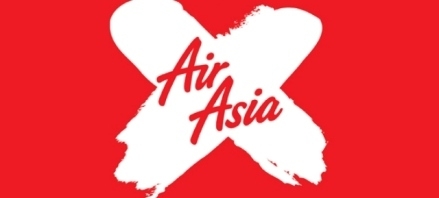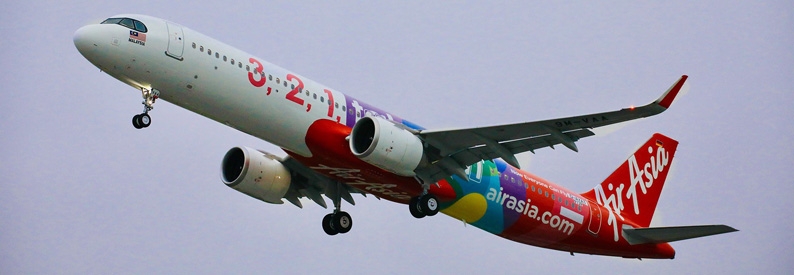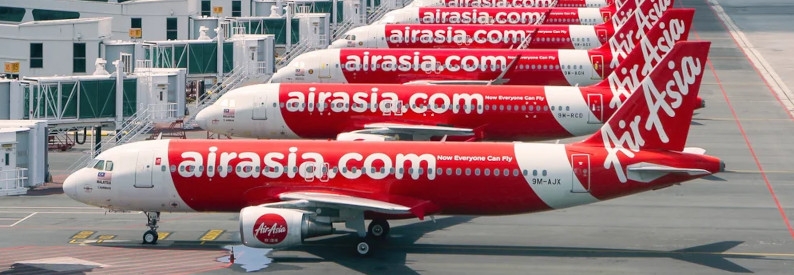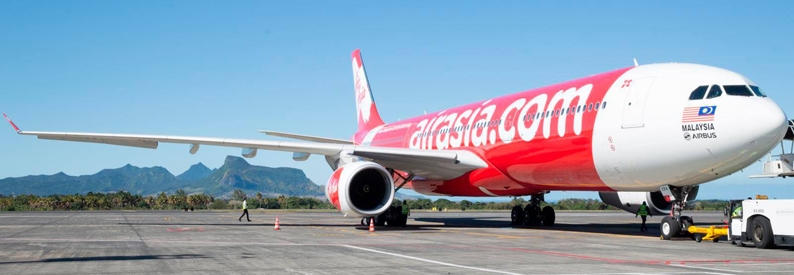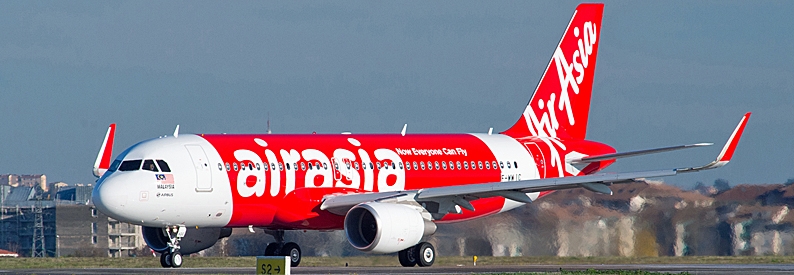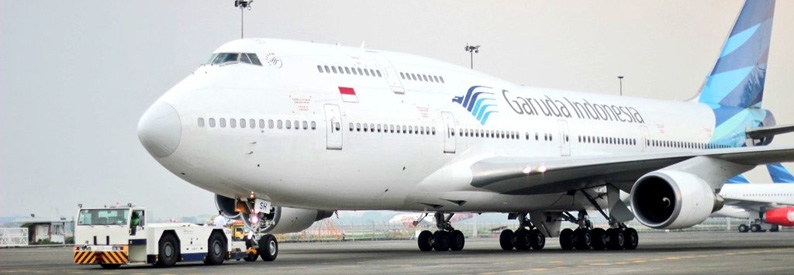A court has approved the revised business rehabilitation plan of Thai AirAsia X (XJ, Bangkok Suvarnabhumi), which the carrier says sets it up for growth, including adding aircraft and opening new routes, both of which are designed to increase the airline's cash flow and revenue.
Last week, the Bangkok Central Bankruptcy Court approved the revised plan, which creditors had previously okayed in mid-July. Aside from touting the growth opportunities, the low-cost carrier says it can now also start paying refunds to passengers who had their flights cancelled during the pandemic. The airline will also start repaying its creditors.
"This decision and approval mark an important step forward and prove that Thai AirAsia X has proceeded along the right path in the interest of its creditors and other stakeholders impacted by recent developments," said CEO Tassapon Bijleveld. "The approval will also bolster confidence in the company’s operations and its readiness to continue to grow steadily and sustainably."
"After alleviation of the pandemic, Thai AirAsia X has returned to a stabilised operation mode, maintaining its strength as a leading low-fare medium-haul carrier dedicated to serving its core markets, including Japan and South Korea. We have targeted to return to close to our pre-pandemic capacity by the end of 2024 and have accelerated expansion in the Australian and Chinese markets while also seeking out high potential growth opportunities in India and the Middle East, where we see significant future demand."
Thai AirAsia X has outlined the following strategies for growth:
- An operational cost reduction primarily achieved through aircraft leasing and aircraft maintenance agreement negotiations;
- Repaying creditors and reimbursing passengers under a debt management plan that aligns with line with the carrier's business turnaround plan; and
- Expanding the fleet to 17 aircraft by 2028, including adding between three and five aircraft next year.
According to ch-aviation Commercial Aviation Aircraft Data data, Thai AirAsia X presently operates six dry-leased A330-300s and is back flying to Osaka Kansai, Shanghai Pudong, Seoul Incheon, Sydney Kingsford Smith, and Tokyo Narita from its Bangkok Suvarnabhumi hub. The airline ceased operations during the pandemic, later filing for business rehabilitation under Thailand's equivalent of the US Chapter 11 process.
Bijleveld says bringing in new aircraft will enable its to serve a robust network of routes and destinations and also create opportunities for building up the cargo business.
- Type
- Base
- Aircraft
- Destinations
- Routes
- Daily Flights
